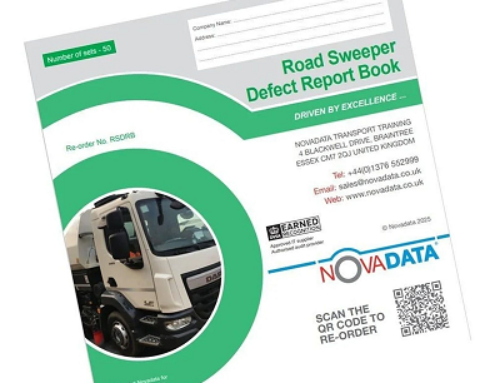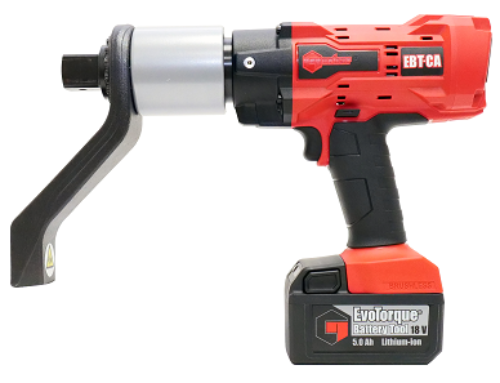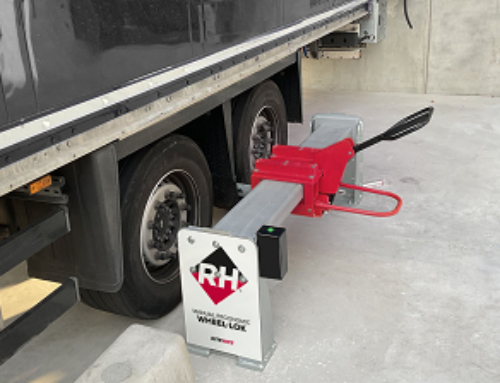Tyre performance tips from Falken
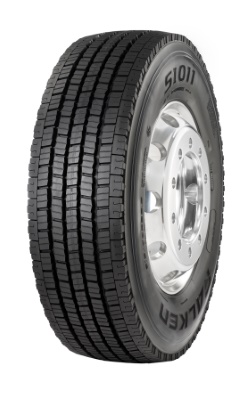 Tyre provider Falken has issued guidance for fleet operators on how to go about maximising the performance of their tyres.
Tyre provider Falken has issued guidance for fleet operators on how to go about maximising the performance of their tyres.
When it comes to truck tyres, says the company, longevity and efficiency are key considerations for fleet operators and drivers alike.
“Falken’s commercial vehicle tyres are designed to endure the rigours of heavy-duty transport, but it’s essential to understand easily controllable factors that could prevent operators from getting the maximum performance,” it said.
Maximising mileage, minimising costs
One of the key factors affecting tyre lifespan is its wear pattern in the initial stages of use, says Falken.
“Any brand-new tyre has a high rubber volume, significant mass and substantial tread block torsion – all of which contribute to high levels of energy loss,” said the company.
“This means that the wear rate is actually at its peak during the first 10,000 kilometres of use.
“Temperature also plays a crucial role in tyre wear. Road surface temperatures influence how rubber interacts with the ground. An optimal time to fit new truck tyres is at the beginning of winter, as lower temperatures can help reduce excessive early-stage wear. This simple seasonal consideration can enhance tyre longevity and overall performance.
“Falken’s SI 011 winter truck tyre is engineered for ultra-demanding winter conditions and features a high-grip tread design, innovative 4D-Nano enhanced extreme winter compounds and extra-dense siping.”
Driving style is another significant factor in tyre mileage, the firm adds.
“Aggressive acceleration, hard braking and fast cornering can cause tyres to wear up to six times faster than a controlled, balanced driving approach.”
A smooth and steady driving style can be as much as 75 per cent more efficient than an aggressive one, says Falken, dramatically increasing tyre lifespan and reducing replacement frequency and ultimately lowering operational costs.
Tyre pressure maintenance is identified as another critical aspect of optimising performance.
“Underinflation severely reduces fuel efficiency, while overinflation can also compromise this,” said Falken.
“For instance, tyres inflated to 70 per cent of their recommended pressure can equate to a 40 per cent reduction in efficiency. Regular pressure checks and adjustments based on load conditions are easy to do and well worth the time.
“Additionally, mechanical imperfections such as improper wheel alignment, worn axle suspension or defective chassis components can significantly impact tyre longevity. In some cases, these faults can lead to a surprising 70 per cent reduction in mileage performance. Routine maintenance checks and timely repairs are crucial in preventing unnecessary wear and optimising tyre life.
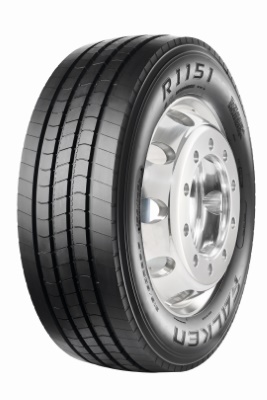 “Falken’s RI 151 truck tyre is manufactured with ultra-high precision processes to house a premium casing made in Japan. The casing helps deliver outstanding safety and endurance over the tyre’s whole lifecycle, plus multi-retreading capability for even greater longevity.”
“Falken’s RI 151 truck tyre is manufactured with ultra-high precision processes to house a premium casing made in Japan. The casing helps deliver outstanding safety and endurance over the tyre’s whole lifecycle, plus multi-retreading capability for even greater longevity.”
For Shipston-on-Stour’s Venture Tyre’s manager, James Taylor, Falken’s commercial vehicle patterns make a lot of sense for users in the predominantly rural area Venture serves. With an established and loyal customer base, Taylor is always keen to ensure customers get the right product, and reports positive feedback from Falken tyre users.
“We’ve fitted a few to horsebox trucks and when you are transporting precious animals you want a tyre you can trust,” he reported.
As an experienced fitter, Taylor has seen other benefits too: “Falken is an easy tyre to mount with good compliance, not like some of the cheap, stiffer products coming from China. That’s important in a busy centre.”
Tucked away nicely
While tyre performance is heavily influenced by road use, proper storage and handling preserve their integrity before they even hit the tarmac, says Falken, preventing premature ageing or damage and leading to longer service life.
“Tyres should be kept in a dry, well-ventilated area with a moderate temperature. Exposure to chemicals, oils, diesel fuel and corrosive liquids should be avoided as these substances can degrade the rubber.
“Long-term exposure to direct sunlight, heat sources such as radiators can also cause damage. Keeping tyres on pallets or shelves rather than directly on the floor helps prevent distortion or compression, too.
“When moving tyres, careful handling is essential to prevent mechanical damage such as cuts, punctures, or deformations. Special clamp forklifts are recommended for lifting and repositioning tyres, as standard forklifts with metal forks can cause damage. If a clamp is unavailable, placing a pallet under the tyres before transportation can help protect them.
“Short-term storage of up to a month allows for stovepipe (vertical) or horizontal stacking, but the maximum height should not exceed two metres. Tyres should never be stacked in a manner that causes excessive compression or distortion, as this can compromise their structural integrity. Using appropriate shelving or pallets further safeguards against damage.”











